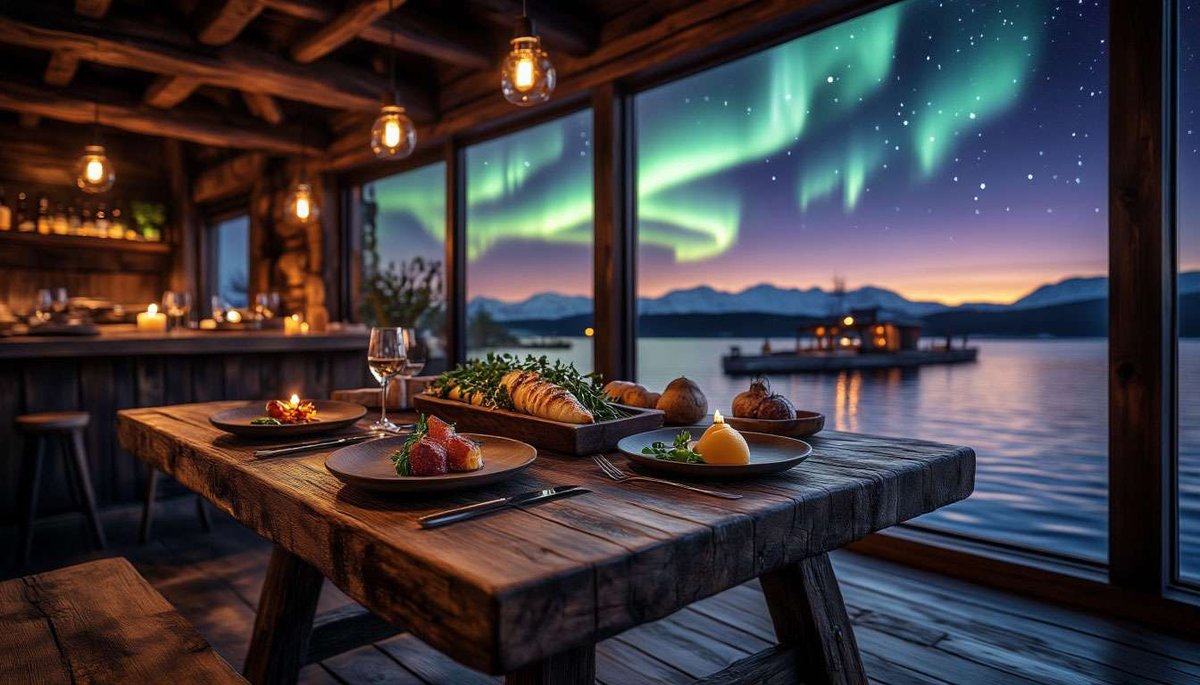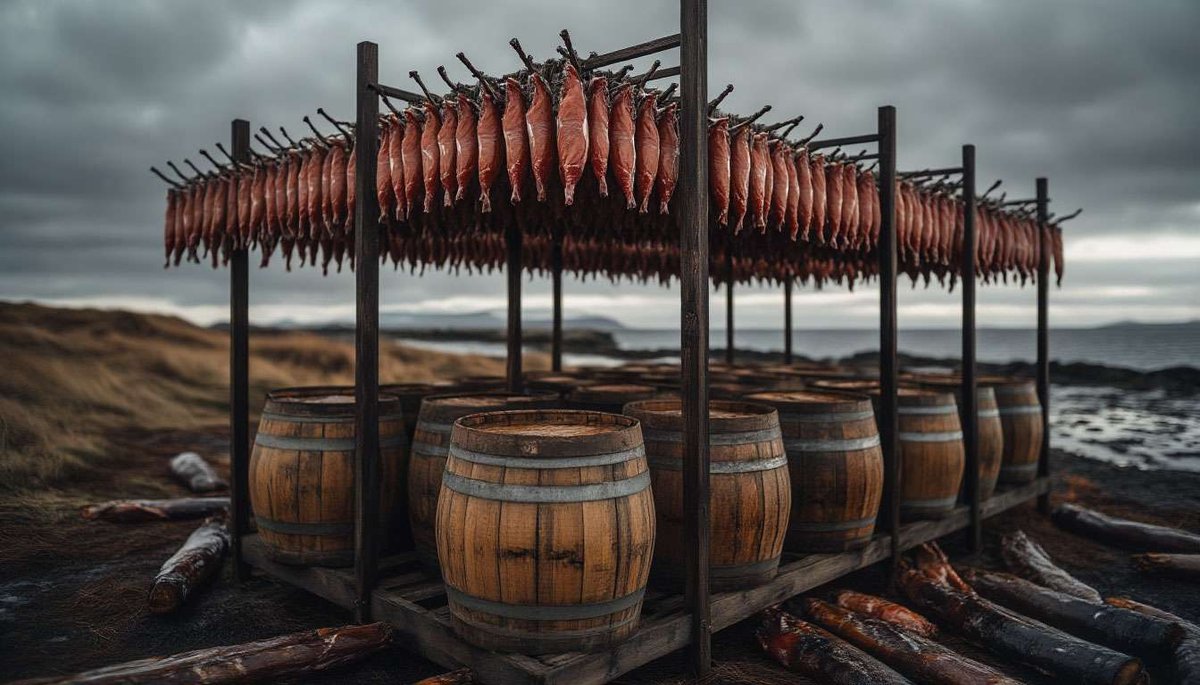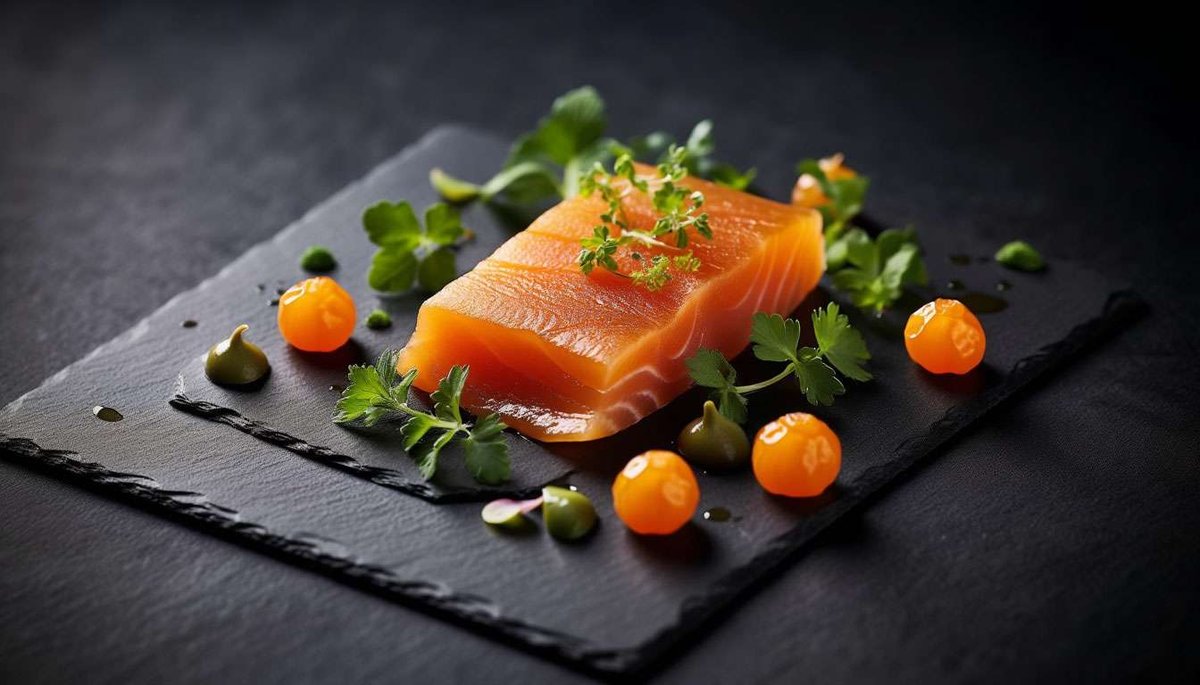A culinary journey through the centuries: how Norwegian cuisine – from the Vikings to New Nordic – became what we know today

Norwegian cuisine seems simple: fish, bread, cheese, berries. But behind this concise menu lies a thousand-year history of adapting to a harsh climate, trading across the North Sea and searching for new flavours, even in the 21st century. To understand why Norwegians today are as proud of brown cheese as they are of their Michelin-starred restaurants, let's take a short journey from the Viking Age to the New Nordic concept.
What did the Vikings eat and what foods formed the basis of their diet?
For the northern seafarers of the 9th–11th centuries, barley, fish and meat from domestic animals that could survive in the cold climate played a major role. Fish and meat were salted, smoked or dried for long voyages. Honey was used as a sweetener and for the honey drink mead. Vegetables were scarce, mainly turnips and cabbage. Even then, there was a respect for the bounty of the sea and skills in preservation, which centuries later would evolve into rakfisk, lutefisk and stockfish.
Why was the Middle Ages a turning point for Norwegian cuisine?
From the 12th century onwards, the role of the Catholic Church grew, mandatory fasting appeared, and with it the demand for fish: cod became an export hit. Through the Hanseatic trade, spices such as pepper and cloves were added to Bergen's diet. Fairs expanded, and fishermen traded dried cod for grain and beer from continental Europe. It was then that the first national soups made from milk and fish were created, and lamb stew with cabbage (the precursor to the future fårikål) became a staple of the peasant diet.
What food preservation methods allowed Norwegians to survive the winter?

Before the advent of electricity, wind, cold and salt served as refrigerators. Fish was dried on wooden racks, turning it into stockfish; meat was salted or hung under the roofs of huts, creating dried mutton pinnekjøtt. Milk was boiled with whey until it caramelised, producing brown cheese brunost, which was suitable for long storage. Potatoes, which arrived in the 18th century, quickly took over the cellars and replaced turnips: they are used to make lefse and raspeballer. These techniques did not just save people from starvation — they shaped the country's unique culinary identity.
How did 19th-century industrialisation change the Norwegian diet?
Steamships and railways sped up the delivery of fresh fish to inland areas, and canneries in Stavanger started exporting sardines. At the same time, timber exports opened the way to international trade, and coffee, sugar, and tropical fruits appeared on tables. White flour bread ceased to be a luxury, and even earlier, potatoes had become firmly established as a daily side dish. However, traditional salting methods did not disappear — they were industrialised and paved the way for a future culinary renaissance.
What is the New Nordic movement and how has it influenced Norway?
In the early 2000s, Scandinavian chefs formulated the New Nordic manifesto: local seasonal products, minimal processing, and sustainable ethics. In Norway, this resulted in restaurants such as Maaemo, Re-Naa, and Credo, which revived forgotten herbs, berries, and fermentation methods. Dried cod is served with northern seaweed foam, and cloudberries with caramelised buttermilk ice cream. New Nordic has put Norwegian cuisine on the global gastronomic map and restored city dwellers' respect for their own traditions.
What modern trends are shaping the future of Norwegian gastronomy?
In addition to New Nordic, the country is driven by zero-waste cuisine and aquaculture technologies: sustainable salmon farming today means biofarms with minimal use of antibiotics. The boom in craft breweries and ciders from Hardanger is expanding the range of local beverages. Twenty-four-hour "fjord-to-door" delivery makes fresh scallops as accessible in Oslo as they are in Brussels. And traditional recipes such as fårikål are being given vegan interpretations, confirming the main rule of Norwegian cuisine: flexibility in the face of nature.

The history of Norwegian cuisine is a saga of survival, ingenuity and love for the land. A thousand years have passed since the Vikings' raids to the exquisite tasting at the three-star Maaemo, but the essence remains the same: respect for the sea, the mountains and the short northern summer. The taste of Norwegian dishes is still recognisable today: it speaks of the purity of nature, the strength of tradition and a willingness to experiment. If you dream of tasting salmon that has just been caught in the fjord, bread that smells of wild heather and cheese whose recipe has been passed down from generation to generation, Norway is waiting for you. Plan your trip, discover regional gastronomic routes and see for yourself that authentic northern cuisine is much more than just fish and potatoes.





2 comments
Log in to leave a comment